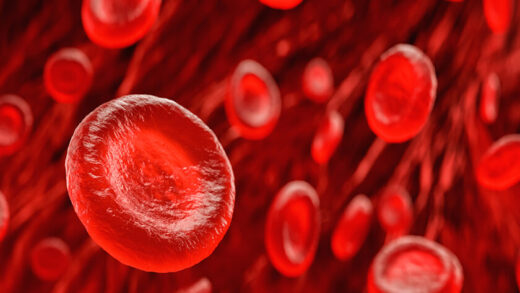Blood is a vital, dynamic fluid that flows continuously through our circulatory system, sustaining life. In an average adult, blood accounts for about 8% of total body weight—equivalent to roughly 5.6 liters in a person weighing 70 kilograms. Blood consists of two main components: plasma, which makes up 50-60% of its volume, and blood cells, comprising the remaining 40-50%. Plasma is primarily water but also contains essential nutrients, proteins, hormones, and electrolytes. The cellular portion includes erythrocytes (red blood cells), leukocytes (white blood cells), and thrombocytes (platelets), each playing a distinct role in maintaining bodily functions.
Functions of Blood

Blood performs three critical roles in the body:
1. Transportation
- Oxygen and Carbon Dioxide Exchange: Blood carries oxygen (O₂) from the lungs to tissues, where cells use it for energy production. In return, it transports carbon dioxide (CO₂), a metabolic waste product, back to the lungs for exhalation.
- Nutrient Delivery: After digestion, blood absorbs nutrients—such as glucose, amino acids, fats, and water—from the intestines and distributes them to cells for growth, repair, and energy.
- Hormonal Communication: Blood acts as a messenger system, transporting hormones, vitamins, and minerals to regulate organ function and maintain homeostasis.
2. Regulation
- pH and Electrolyte Balance: Blood contains buffers (like bicarbonate and proteins) that neutralize excess acids or bases, keeping the body’s pH stable.
- Fluid Balance: It helps maintain proper hydration and osmotic pressure, ensuring cells function in an optimal environment.
- Temperature Control: Blood absorbs heat generated by metabolic reactions and redistributes it, releasing excess warmth through the skin to maintain a stable internal temperature.
3. Protection
- Immune Defense: White blood cells identify and destroy pathogens (bacteria, viruses) through phagocytosis and immune responses.
- Toxin Neutralization: Blood transports harmful substances to the liver and kidneys for detoxification and elimination.
- Clotting Mechanism: Platelets and clotting proteins prevent excessive bleeding by forming clots at injury sites, sealing wounds, and promoting healing.
Blood Cells
Blood cells are produced primarily in the bone marrow, though some white blood cells develop in other tissues. They are categorized into three types:
1. Red Blood Cells (Erythrocytes)
These disc-shaped cells give blood its red color due to hemoglobin, a protein that binds oxygen. Lacking a nucleus, erythrocytes cannot divide and have a lifespan of about 120 days. Normal counts range from 4.8 million/mm³ (women) to 5.4 million/mm³ (men).
2. White Blood Cells (Leukocytes)
Leukocytes are the body’s defense force, combating infections, parasites, and abnormal cells. Unlike red blood cells, they have nuclei and can move freely between blood vessels and tissues. Their count varies from 4,000 to 10,000 per mm³ and increases during infections.
3. Platelets (Thrombocytes)
Small, colorless, and nucleus-free, platelets are crucial for clotting. They adhere to damaged blood vessels, release clotting factors, and form a plug to stop bleeding. A healthy adult has 150,000–350,000 platelets/mm³, with a lifespan of 5–7 days.
Conclusion
Blood is a complex, life-sustaining fluid with multifaceted roles—transporting essentials, regulating bodily conditions, and defending against threats. Its cellular components work in harmony to ensure survival, making it one of the most vital systems in human physiology.